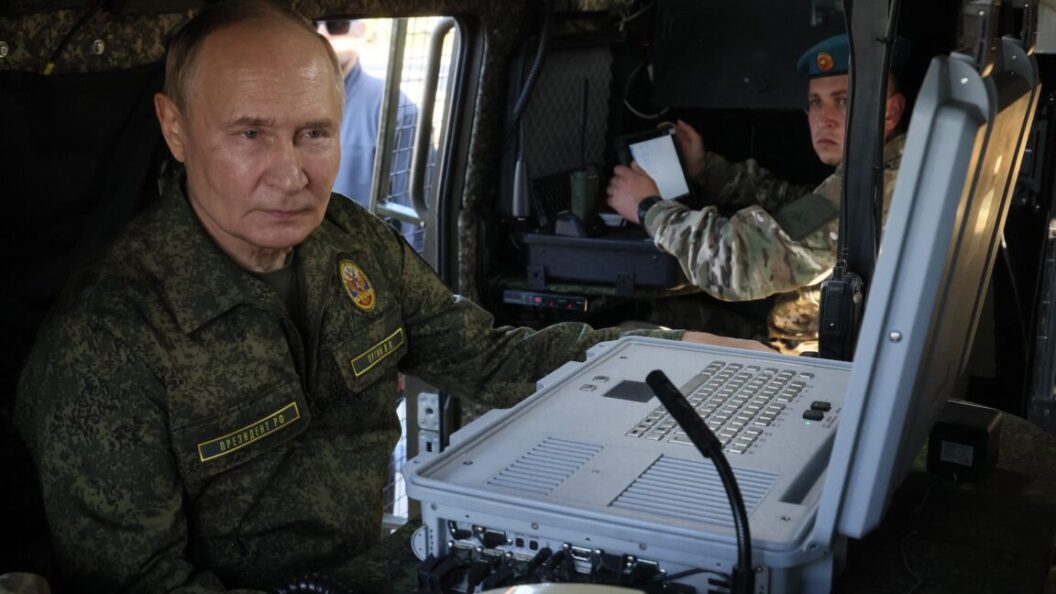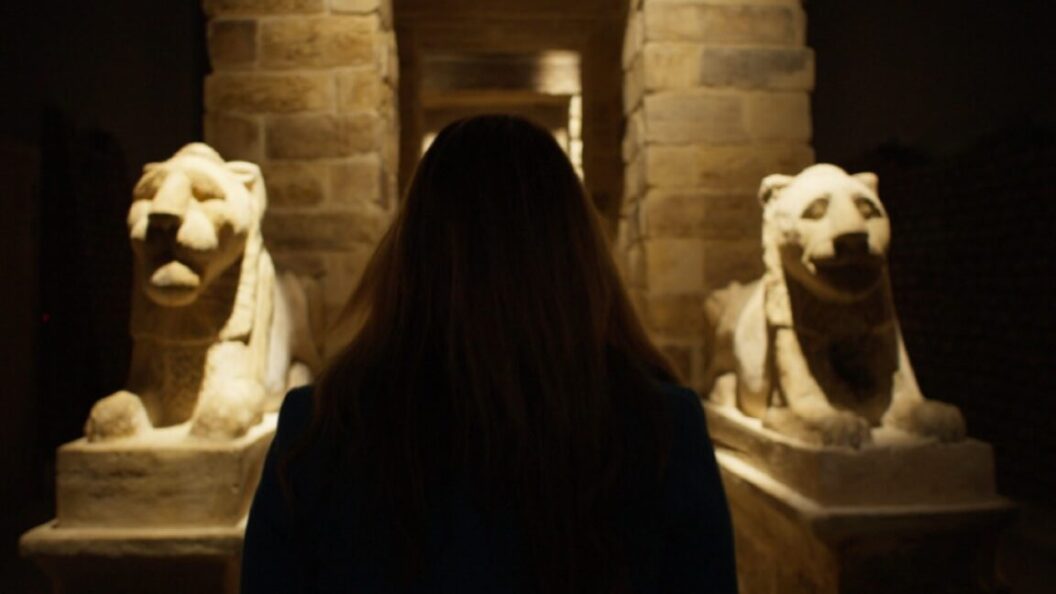Electronic Arts Plans to Go Private in Potential $50 Billion Deal
Overview of the Situation
In a significant move in the gaming industry, Electronic Arts (EA), the mega-publisher known for its blockbuster franchises, is reportedly planning to take the company private. According to multiple reliable sources, including The Wall Street Journal, Reuters, and Financial Times, the deal could be worth as much as $50 billion. This potential buyout is generating considerable buzz, as it may soon be announced within the next week.
Details of the Deal
The reports indicate that major investment players are showing interest in the buyout, including Silver Lake, Saudi Arabia’s Public Investment Fund (PIF), and Jared Kushner’s Affinity Partners. If finalized, this transaction could mark the largest leveraged buyout in history, a significant milestone in the world of private equity.
Interestingly, the Saudi PIF is not a newcomer to EA; it already holds a 9 percent stake in the company, making it one of the largest shareholders. The fund is also known for its expansive portfolio in the gaming sector, with investments in other leading companies such as Nintendo, Take-Two, and Activision Blizzard, among others.
Market Reaction
The possibility of the buyout has led to an immediate spike in EA’s stock, which surged approximately 15 percent on Friday afternoon. Prior to this announcement, the stock had seen minimal movement, hovering around a valuation of $43 billion. This sudden rise reflects investor optimism regarding the future of the company amidst ongoing changes.
A Look Back at EA’s Journey
EA has a long history in the gaming industry, having gone public on the NASDAQ in 1990. By 1996, its market cap had risen to $1.61 billion, showcasing its early success. Over the years, the company’s valuation has significantly increased due to diverse and popular franchises like Madden NFL, EA FC (formerly FIFA), The Sims, and Battlefield.
Controversies and Concerns
While the prospect of going private could provide EA with the operational independence to make bold decisions, it is not without its controversies. The potential for increased influence from foreign investors, particularly from the Saudi PIF, has led to discussions about the implications for corporate governance, ethical investing, and the overall direction of the company. Critics have raised concerns regarding the PIF’s human rights record and its growing influence in prominent sectors.
Impact on the Gaming Industry
The implications of such a substantial buyout are monumental. If the deal goes through, it could reshape the landscape of the gaming industry. With EA off the public market, it may introduce new strategies and innovations unfettered by quarterly earnings pressure.
Moreover, this move signals a trend where traditional gaming companies may seek private investment as a means to navigate challenges posed by market volatility and competition from upstarts.
Conclusion
The potential privatization of Electronic Arts marks a pivotal moment in both the company’s history and the gaming industry at large. With heavyweights like the Saudi PIF involved, the deal could redefine not only how EA operates but also how stakeholders approach investments in the digital entertainment space. As the world watches developments in the coming weeks, the outcome will likely have ramifications that extend beyond the financial statements, influencing the broader dynamics of gaming culture and corporate responsibility.











